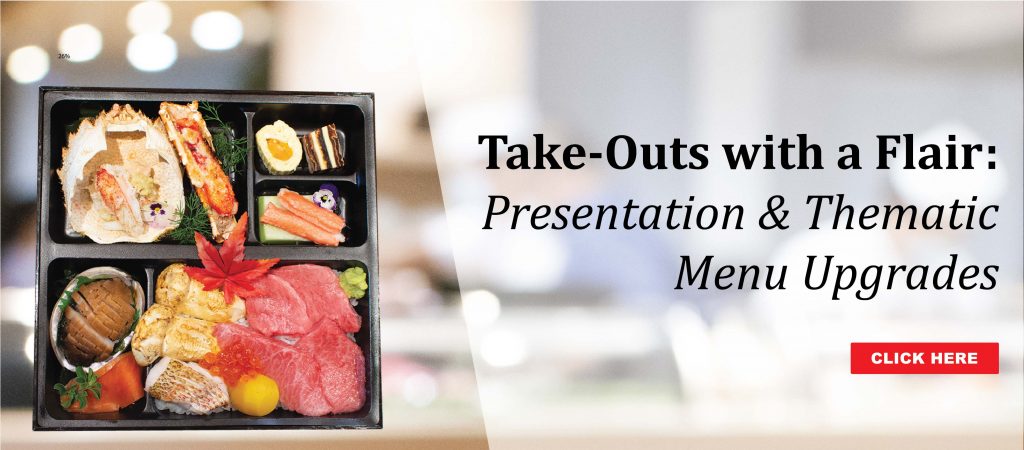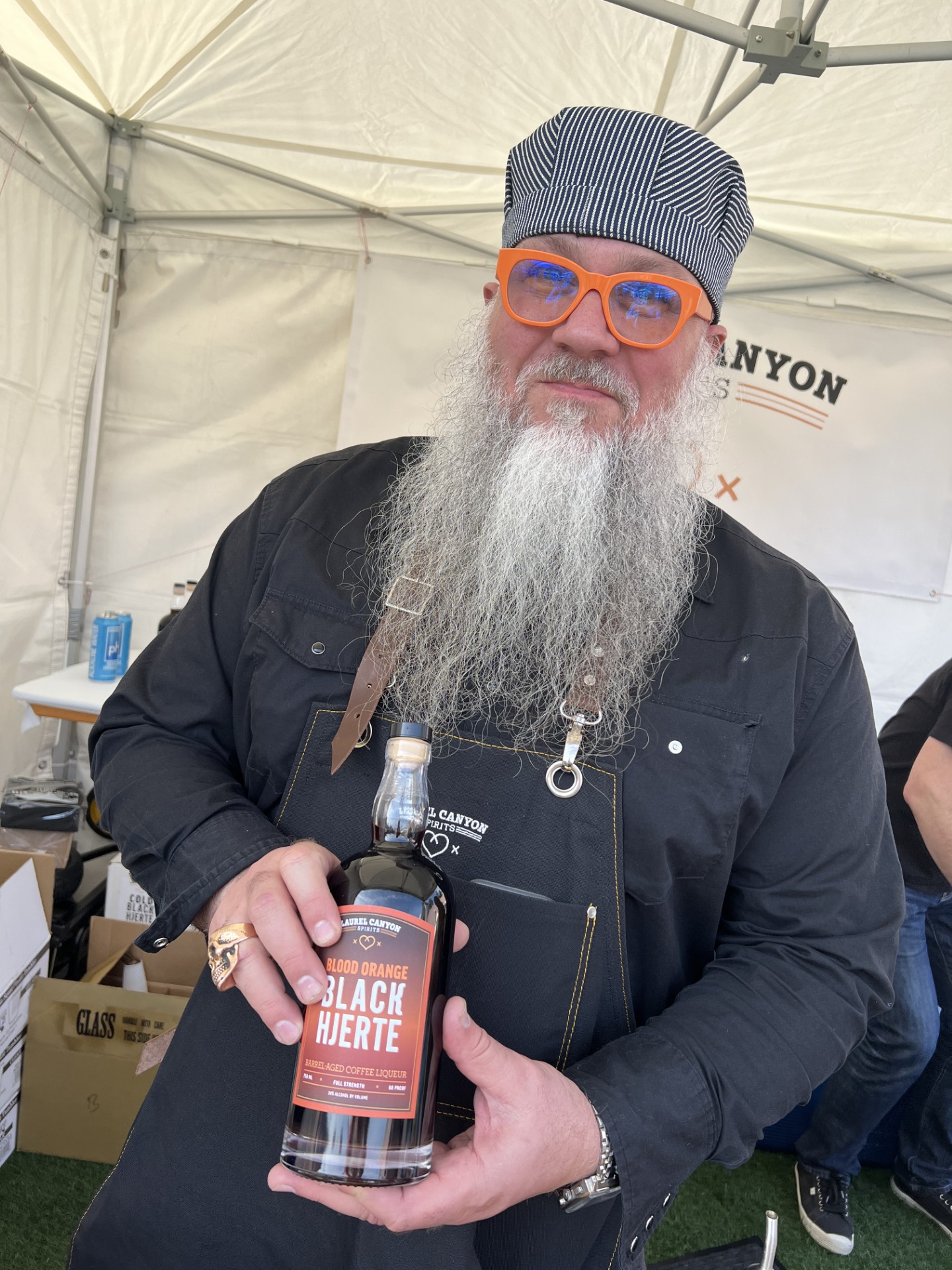This would be the second year of discovery for us: attending the Mutual Trading Japanese Food and Restaurant Expo. While the wide array of Japanese food and beverages takes center stage, I really like to cover the show to learn something new, and I do every time.
If you just want to see the food and drink, my photos are here. Of special note for me:
 Japan’s #1 Nama Sake in a CAN: Funaguchi Kikusui Ichibanshibori. It was served to us three ways: fresh and cold from the can, sweetened with citrus juices and with slices of cucumber. Each was quite remarkable.
Japan’s #1 Nama Sake in a CAN: Funaguchi Kikusui Ichibanshibori. It was served to us three ways: fresh and cold from the can, sweetened with citrus juices and with slices of cucumber. Each was quite remarkable.
Masahiro Shuzo, a company that has “been in business for more than 130 years”, Awamori – a distilled 30% ABV (60 proof) that is produced in Okinawa.
The Umepon liqueur was a favorite last year for us so I was happy to see them back and also try a cocktail version. It is orange and plum liqueurs blended with rice shochu.
I had Dassai sake in my WSET level one sake course, also noted that one of the numbered versions is served at our local Gyu-Kaku Japanese BBQ. (The bottles are numbered and that number correlates with how much the rice grain is milled to. The lower the number the finer the grain, and hence, the finer the sake.) At the show I expected to see the usual 50, but they also had a 23 to sample, which was really delicious.
The brand “Dragon God” sold only to restaurants, had a couple of different sake that I enjoyed. Look for these when you dine out.
Of the displays I was duly impressed by the many award winning beverages, glass and pottery sake serving sets and the array of sashimi, sushi, tofu, sesame seed – from oils to desserts – and noodles. The longest line is always for small servings of ramen. If I were to work with a Japanese restaurant I’d put my money on ramen.
If you want to know what I learned about this year, namely pairing sake with all kinds of food, read on:
Attendees were extremely lucky to have a class offered on food pairing with Antony Moss MW and Chef Nobuo at Teeter House.
Moss is the Director of Strategic Planning for WSET (Wine and Spirits Education Trust) and though he has earned his MW his focus for the last five years has turned more to sake. He said sake pairs easily with food as there are no tannins or acid.
Chef Nobuo said that drinking sake with a meal will “clean whatever stays in the mouth” and the “combination of contrasting things (makes pairings) delightful.”
During the seminar we were given two samples to try: Miyazaki beef and Bluefin tuna. Both were served with a specifically selected cold sake that would enhance the flavor of the dish, and by a show of nods when Moss asked, both pairings succeeded. The selection of a sweeter sake with the beef was truly inspired. Of course both the fish and the beef had been marinated as well as served with a topping, which was all taken into account in the selection of the sake. Long story short, this was just really the beginning of what we would learn about pairing sake with dishes other than sushi.
Moss said that he often enjoys a sparkling sake with English Fish and Chips or an Italian calamari dish. Junmai or Honjozo sake paired better with Bolognese than a Chianti in his educated experience. Moss further explained that during the first half of the 20th century menus had a “wide mix of styles” in European cuisine, especially French cuisine. There were sauternes on the menu that were paired with steaks. This wholly positive experience he believes “dispels the myth of (having to have) red wine with steak.” What may sound “radical” to us is “deeply rooted with both Japanese and European history.”
A couple of questions by the audience that I found interesting:
Did restaurants have to provide a different type of glass if we were going to replace wine with sake at the dinner table? Moss contemplated that Riedel does have glasses for every need…however he said the traditional Japanese cup or glass is fine. And if a wine glass was preferred then a small white wine glass would suffice perfectly. He also said not to feel intimidated by this, and to use your personal preferences as a guide.
A second questions was on temperature. As we had been discussing cold sake pairings would warm sake work as well? While Moss enjoyed sake between 40 degrees and room temperature, he said warming up the sake “can be very satisfying.”
Eve Bushman has a Level Two Intermediate Certification from the Wine and Spirits Education Trust (WSET), a “certification in first globally-recognized course” as an American Wine Specialist ® from the North American Sommelier Association (NASA), Level 1 Sake Award from WSET, was the subject of a 60-minute Wine Immersion video (over 16k views), authored “Wine Etiquette for Everyone” and has served as a judge for the Long Beach Grand Cru and the Global Wine Awards. You can email Eve@EveWine101.com to ask a question about wine or spirits.










